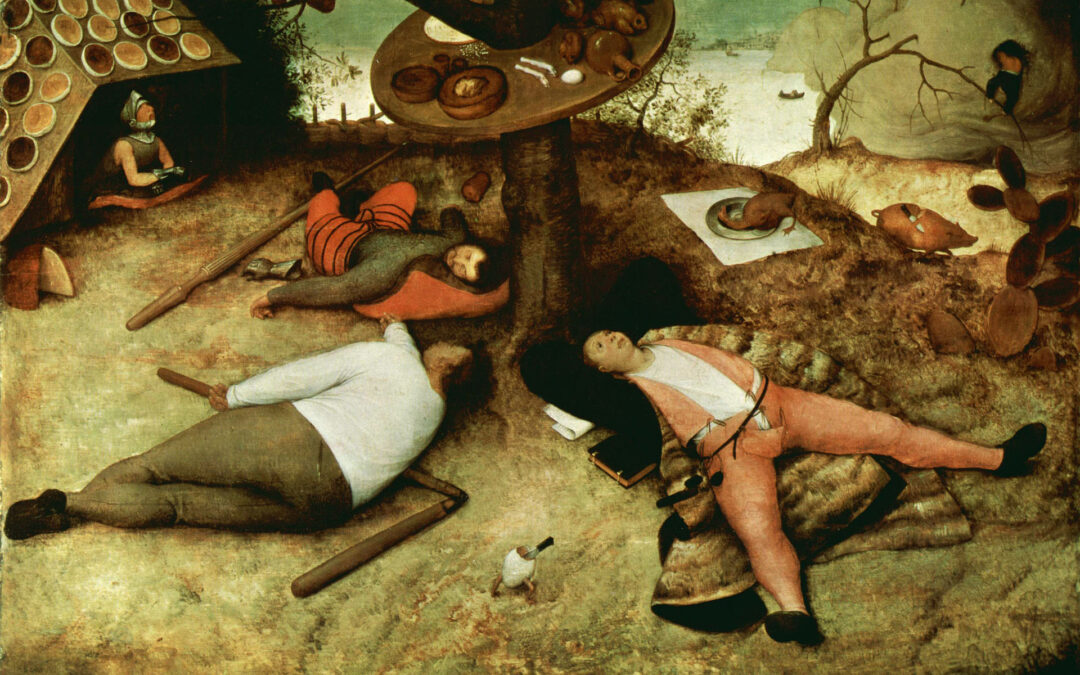 Bruegel the Elder’s The Land of Cockaigne, aka Het Luilekkerland, makes you think it’s a picnic. Not. It’s a satirical look at Cockaigne, a mythical place where it’s always spring and never winter, in which life is all play and no work,...
Bruegel the Elder’s The Land of Cockaigne, aka Het Luilekkerland, makes you think it’s a picnic. Not. It’s a satirical look at Cockaigne, a mythical place where it’s always spring and never winter, in which life is all play and no work,...
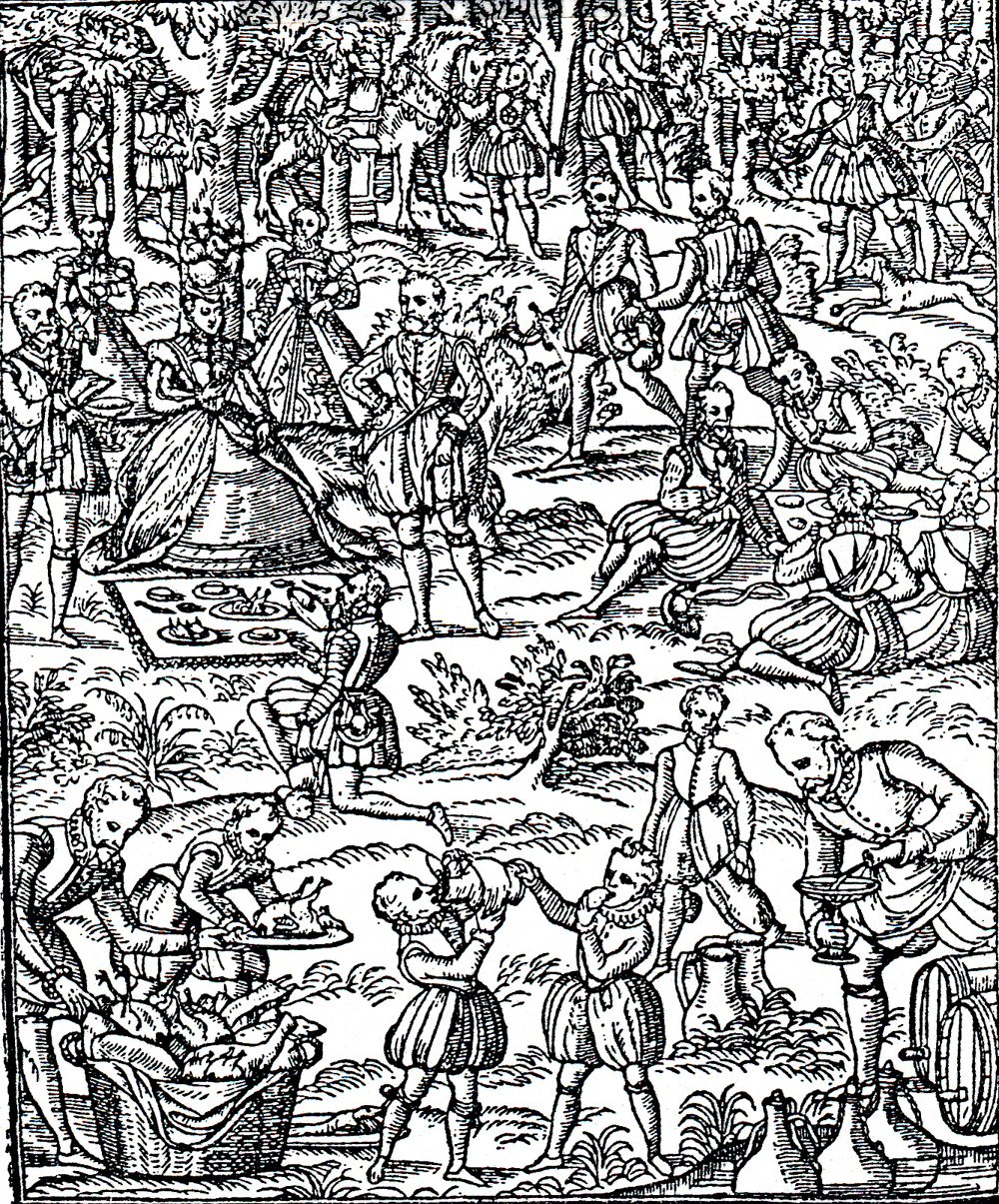 Gascoigne adapted Gaston Phébus’s The Book of the Hunt (1380) and Jacques du Fouilloux’s in La Venerie (1560) into English, retitling the work The Noble Arte of Venerie or Hunting (1575). (The book is dedicated to Lord Clinton, Elizabeth’s master of...
Gascoigne adapted Gaston Phébus’s The Book of the Hunt (1380) and Jacques du Fouilloux’s in La Venerie (1560) into English, retitling the work The Noble Arte of Venerie or Hunting (1575). (The book is dedicated to Lord Clinton, Elizabeth’s master of...
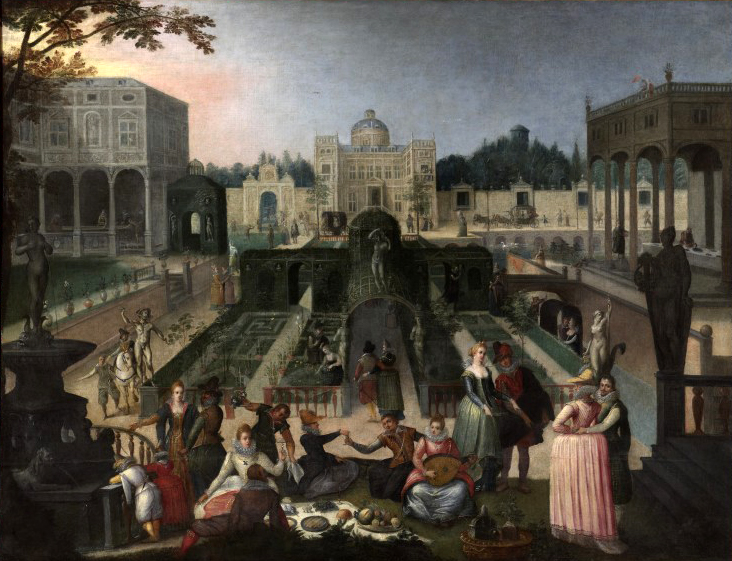 Feast In The Park Of The Duke Of Mantua or Fête dans le Jardin du Duc de Mantoue is picnicky but not a feast. The curators of the Musée des Beaux-Arts probably assign the title. It is a garden of lovers dining alfresco in an imaginary architectural setting. The...
Feast In The Park Of The Duke Of Mantua or Fête dans le Jardin du Duc de Mantoue is picnicky but not a feast. The curators of the Musée des Beaux-Arts probably assign the title. It is a garden of lovers dining alfresco in an imaginary architectural setting. The...
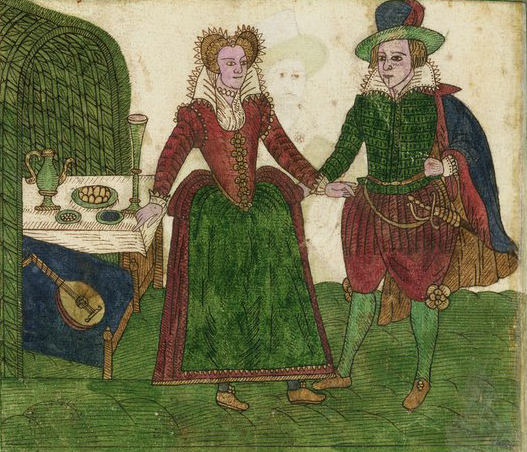 Trevelyon’s Miscellany is a meticulously illustrated compendium of 1608. It’s stocked with a calendar, scenes from the Bible, current events, court, political figures, costumes, fabric designs, games, dances, etc. It’s among the marvels of bookcraft...
Trevelyon’s Miscellany is a meticulously illustrated compendium of 1608. It’s stocked with a calendar, scenes from the Bible, current events, court, political figures, costumes, fabric designs, games, dances, etc. It’s among the marvels of bookcraft...
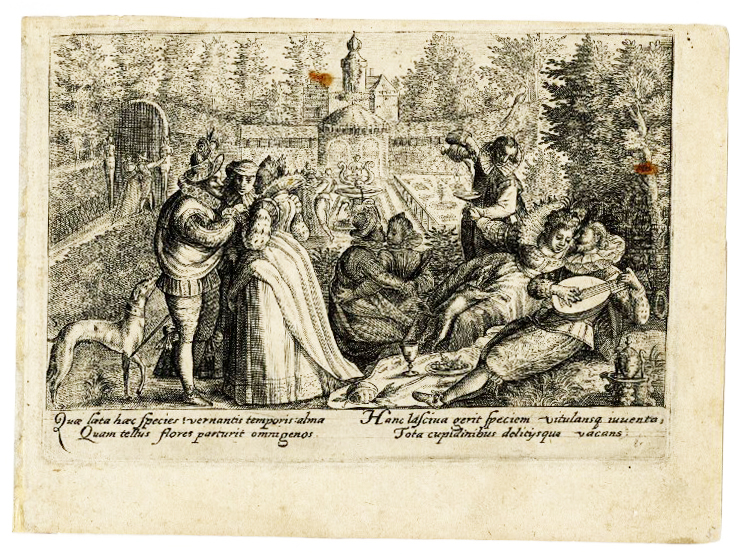 Early in the 16th century, Dutch emblem books primers or handbooks for youthful aristocrats. Among the more socially and sexually suggestive of these books are The Garden of Love [Hortus Voluptatum] (1599) and New Mirror for Youth [Nieuwen ieucht spieghel] (1617),...
Early in the 16th century, Dutch emblem books primers or handbooks for youthful aristocrats. Among the more socially and sexually suggestive of these books are The Garden of Love [Hortus Voluptatum] (1599) and New Mirror for Youth [Nieuwen ieucht spieghel] (1617),...
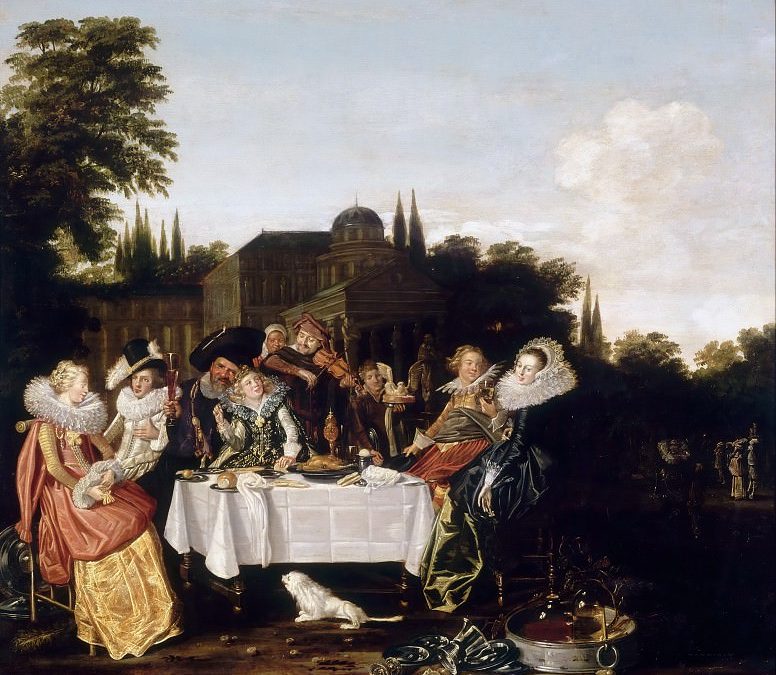 Hals’s Banquet in the Country is a portrait of an aristocratic or merchant family dining alfresco in the garden of their estate. It’s meant to display social importance, status, and wealth. This picnicking subject was one of many Hals painted. See Dirck Hals. Banquet...
Hals’s Banquet in the Country is a portrait of an aristocratic or merchant family dining alfresco in the garden of their estate. It’s meant to display social importance, status, and wealth. This picnicking subject was one of many Hals painted. See Dirck Hals. Banquet...
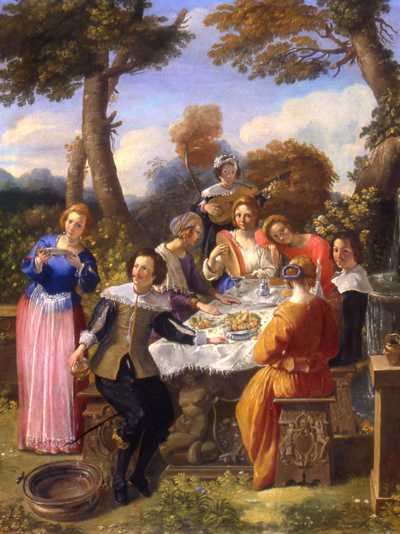 Passeri’s A Party Feasting in a Garden seems like a happy end to an alfresco luncheon. Young couples are deep in conversation, flirting, and courting, which suggests this is a garden of love. It is casual and innocent, though Passari is a moralist. Close examination...
Passeri’s A Party Feasting in a Garden seems like a happy end to an alfresco luncheon. Young couples are deep in conversation, flirting, and courting, which suggests this is a garden of love. It is casual and innocent, though Passari is a moralist. Close examination...
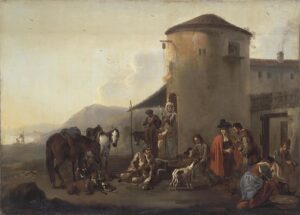 Miel’s halt on the hunt and repas de chasse depicts hunters stopped by a rustic inn. In the Prado’s La Merienda, hunters have spread a cloth beside their horses and are settling in to relax. This is a perfunctory meal of sliced ham, cheese, bread, and wine. Unlike...
Miel’s halt on the hunt and repas de chasse depicts hunters stopped by a rustic inn. In the Prado’s La Merienda, hunters have spread a cloth beside their horses and are settling in to relax. This is a perfunctory meal of sliced ham, cheese, bread, and wine. Unlike...
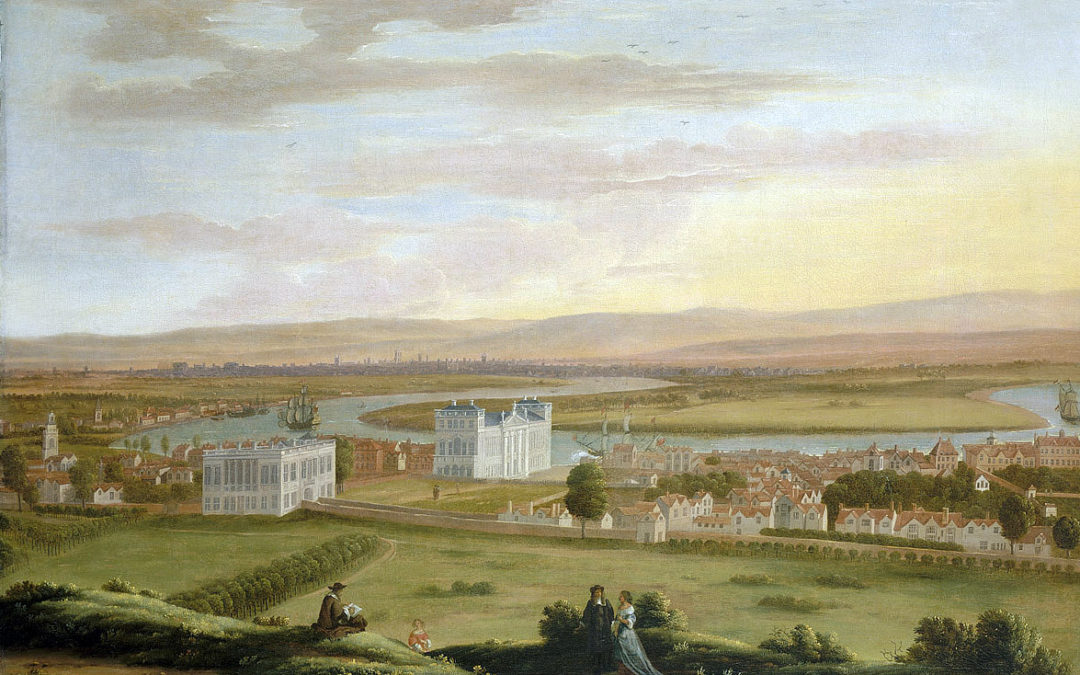 Pepys’s “frolique” is a euphemism for a picnic, which did not exist as a word in English. It was among his favorite ways to spend an afternoon with friends idling. It was a favorite way for him to spend an afternoon with friends idling. We know this...
Pepys’s “frolique” is a euphemism for a picnic, which did not exist as a word in English. It was among his favorite ways to spend an afternoon with friends idling. It was a favorite way for him to spend an afternoon with friends idling. We know this...
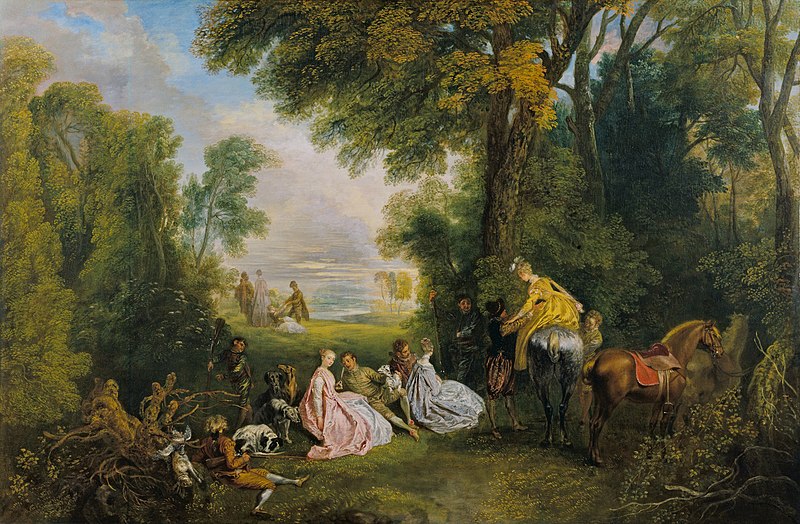 Watteau’s Rendez-vous de chasse illustrates a common activity among hunters, especially aristocrats who stopped about midday for a luncheon. The pause was called a tryst (a meeting at predetermined location), where their wives or mistresses met the hunters....
Watteau’s Rendez-vous de chasse illustrates a common activity among hunters, especially aristocrats who stopped about midday for a luncheon. The pause was called a tryst (a meeting at predetermined location), where their wives or mistresses met the hunters....











